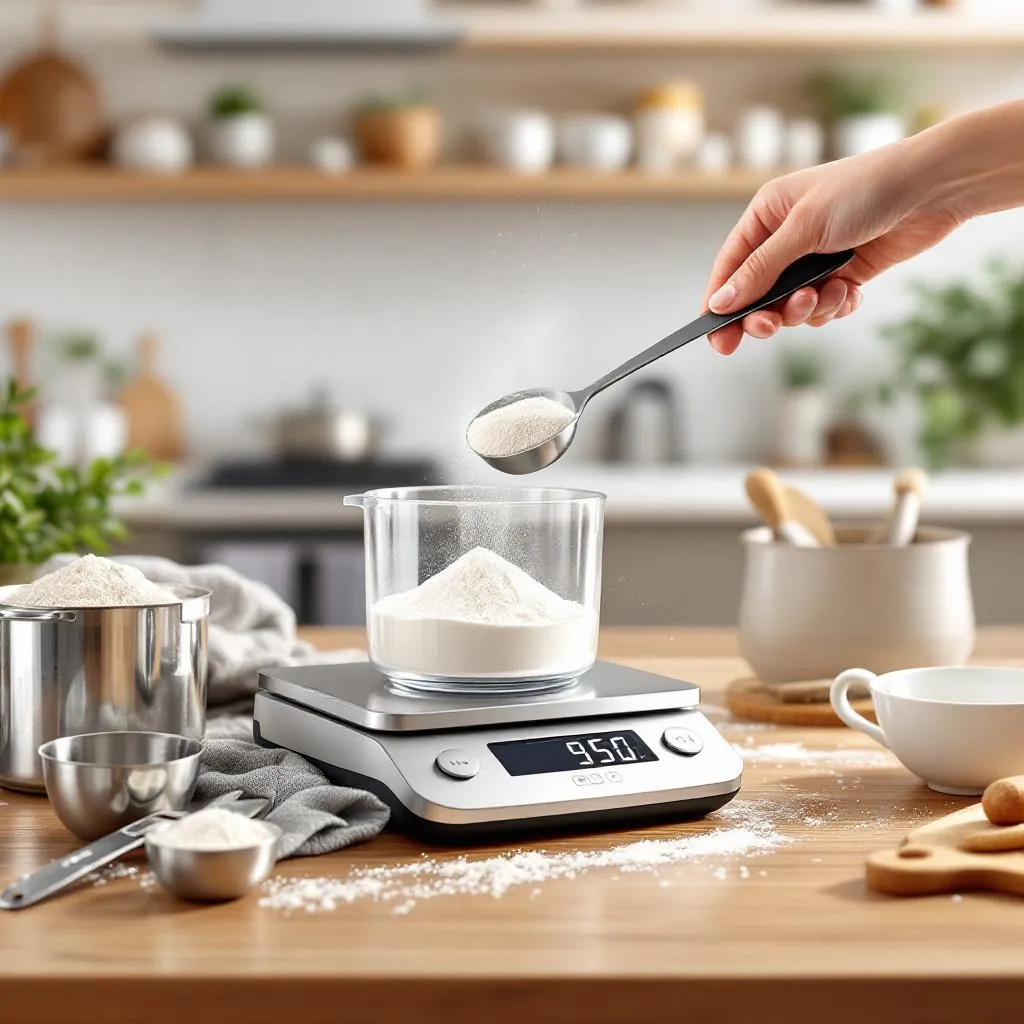
Measuring powders accurately is crucial in many industries, from pharmaceuticals to food production. An inaccurate measurement can lead to flawed products and substantial economic losses. Are you struggling with keeping your measurements precise? In this post, we’ll dive into effective techniques and tools that can transform your measurement processes. By the end, you’ll understand how to select the best methods and equipment to enhance your precision and efficiency.
Table of Contents
- Why Accurate Measurements Matter
- Measuring Techniques for Powders
- Essential Tools for Measuring Powders
- Best Practices for Accurate Powder Measurements
- Conclusion
Why Accurate Measurements Matter
Accuracy in powder measurement is not something to be overlooked. Even a slight deviation can lead to compromised product integrity, impact formulations, or lead to safety hazards. Industries relying on precise measurements include:
- Pharmaceuticals: Inaccurate measurements can give rise to ineffective or dangerous medications.
- Chemicals: The correct ratios are vital for safe handling and performance.
- Food Production: Consistent product quality relies on exact ingredient measurements.
According to a report by the National Institute of Standards and Technology, businesses that invest in precision measurement techniques increase their efficiency by up to 30%. Therefore, honing your skills in this area is essential for any serious operation.
Measuring Techniques for Powders
There are various techniques available to ensure powders are measured accurately. Below, we outline several key methods:
1. Weight-Based Measurement
The most common and arguably the most reliable method involves using a balance scale to achieve weight-based measurements. Digital scales offer improved precision compared to traditional mechanical ones. When using this method, ensure that:
- You calibrate your scale regularly for enhanced accuracy.
- You consider environmental elements like humidity and airflow that can affect readings.
2. Volumetric Measurement
This method can be helpful in some cases, but requires that powder be consistently packed. Tools like measuring cups and spoons can be handy when weight isn’t as critical. However, keep in mind:
- The packing density can alter the measurement.
- It can lead to discrepancies unless the same packing method is used each time.
3. Displacement Measurement
Displacement measurement is effective for powders that don’t compress easily. By observing the volume displacement of a liquid in which the powder is submerged, you can determine its volume. However:
- This method is less common and may not always provide precisely what you need.
- It requires additional tools and can be more complex than other methods.
Essential Tools for Measuring Powders
To accurately measure powders, investing in the right tools is critical. Here’s a list of essential tools that can help streamline your processes:
- Precision Balance: Look for balances capable of measuring to the nearest milligram for optimal accuracy.
- Scoops and Spatulas: Choose stainless steel options for durability and easy cleaning.
- Graduated Containers: Transparent containers allow for visual confirmation alongside measurement, essential for processes requiring volumetric methods.
- Powder Dispensers: Automatic dispensers can enhance precision and time efficiency, particularly in high-volume settings.
Best Practices for Accurate Powder Measurements
Mastering measuring techniques is only part of the equation; implementing best practices is equally vital. Here are ways you can ensure accuracy in your measurements:
- Calibrate Your Equipment: Regular calibration of scales and measuring tools is essential. This means ensuring the scales are set against known weights to avoid any degradation in accuracy over time.
- Maintain a Controlled Environment: Limit variables by minimizing vibrations, temperature fluctuations, and air currents when performing measurements.
- Train Your Staff: Ensure that staff are trained in proper techniques and tool usage to minimize human error.
- Create Consistent Procedures: Encourage consistency by standardizing measurement procedures, including the equipment and techniques used.
- Documentation: Keep thorough records of measurements taken, as this can help spot trends and outliers, all while improving quality control.
Conclusion
Accurate powder measurement is critical for maintaining product quality and safety across various industries. By implementing the techniques and utilizing the tools discussed in this post, you can enhance your measurement accuracy and streamline your overall processes. We encourage you to review the equipment available in our e-commerce store for powder samplers and stainless containers, ensuring your operations benefit from the best tools on the market. Don’t wait—improve your powder measuring practices today!



